Time Period: Post-Reconstruction through the Gilded Age (1875 - 1900)
Reported Lynching of July 1894
Reported Smallpox Lynching of 1894
Reynolds, Dan (Lynching of)
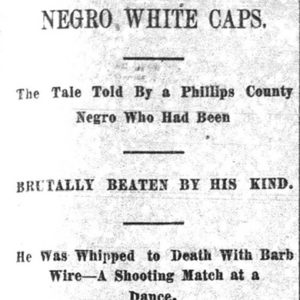 Reynolds Lynching Article
Reynolds Lynching Article
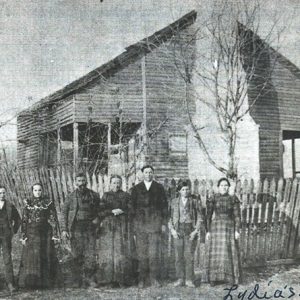 Rice-Upshaw House
Rice-Upshaw House
Rice, William (Lynching of)
 William Rice Lynching Article
William Rice Lynching Article
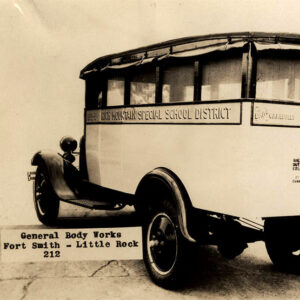 Rich Mountain School Bus
Rich Mountain School Bus
Richard Allen Institute
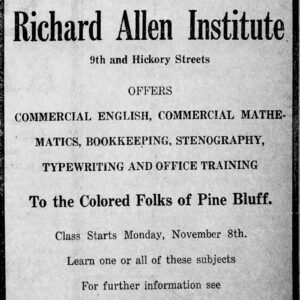 Richard Allen Institute Ad
Richard Allen Institute Ad
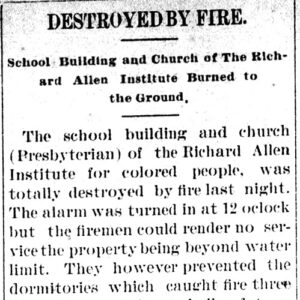 Richard Allen Institute Fire Story
Richard Allen Institute Fire Story
Ricks, G. W. and Moses (Lynching of)
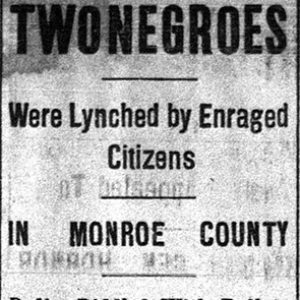 Ricks Lynching Article
Ricks Lynching Article
Riddick, James E.
Rideout, Conrad Alfred
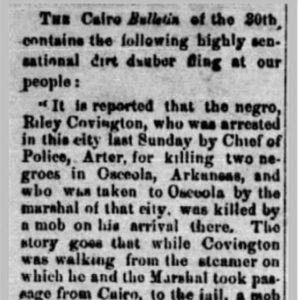 Riley Covington Lynching Article
Riley Covington Lynching Article
Riley, Sallie Irene Robinson-Stanfield
 Robert Williams Execution Article
Robert Williams Execution Article
 Robert Williams Execution Article
Robert Williams Execution Article
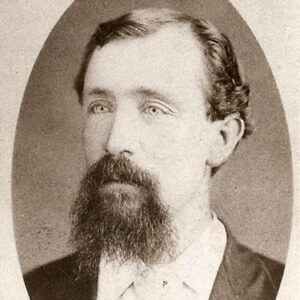 John Roberts
John Roberts
Robinson, J. E. (Reported Lynching of)
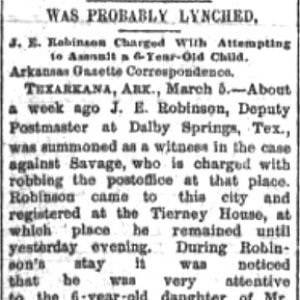 J. E. Robinson Lynching Story
J. E. Robinson Lynching Story
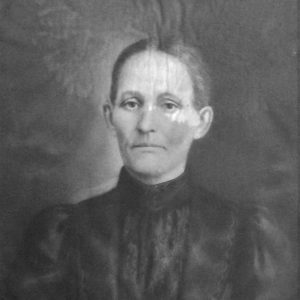 Matilda J. Robinson
Matilda J. Robinson
Rock Island Bridge (Little Rock–North Little Rock)
aka: Choctaw Bridge
aka: Clinton Presidential Park Bridge
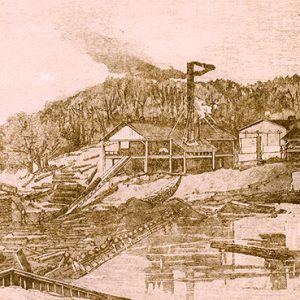 Rockport Sawmill
Rockport Sawmill
 Rogers Academy
Rogers Academy
Rogers Academy
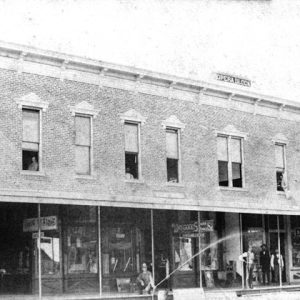 Rogers Businesses
Rogers Businesses
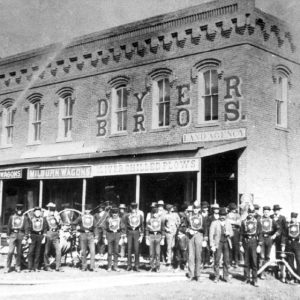 Rogers Firemen
Rogers Firemen
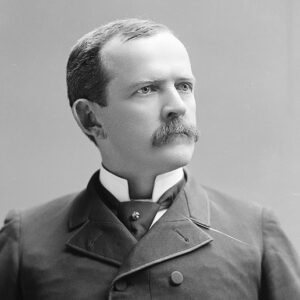 J. H. Rogers
J. H. Rogers
Rogers, John Henry
 Logan Roots
Logan Roots
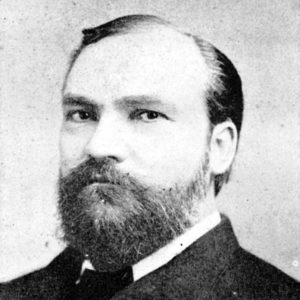 Logan Roots
Logan Roots
Roots, Logan Holt
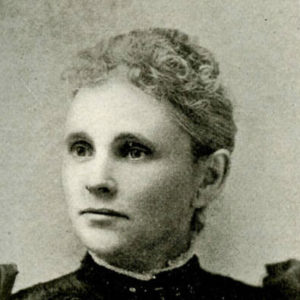 Emily Blakeslee Roots
Emily Blakeslee Roots
Rose Hill Cemetery
Rose, Henry (Execution of)
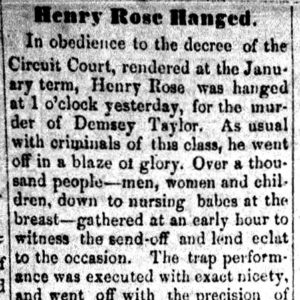 Henry Rose Execution Story
Henry Rose Execution Story
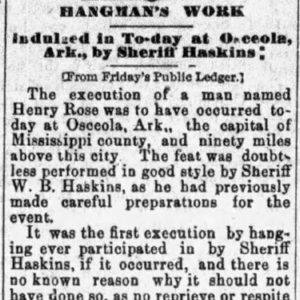 Henry Rose Execution Story
Henry Rose Execution Story
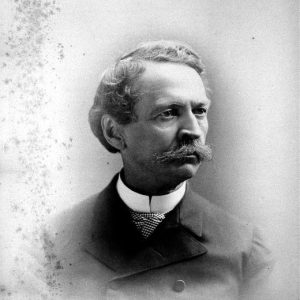 Uriah Rose
Uriah Rose
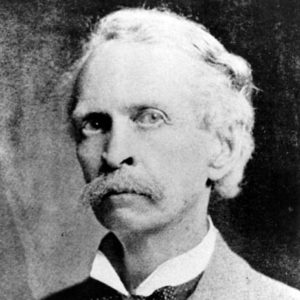 Uriah Rose
Uriah Rose
Rose, Uriah Milton
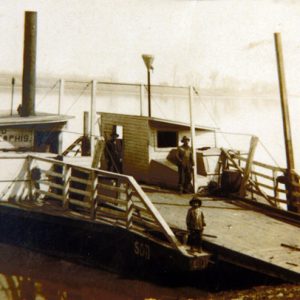 Roseville Ferry
Roseville Ferry
Rosewater, Benjamin J. (B. J.)
 Herbert Rottaken
Herbert Rottaken
Rottaken, Herbert H.
 Adah Roussan Article
Adah Roussan Article




